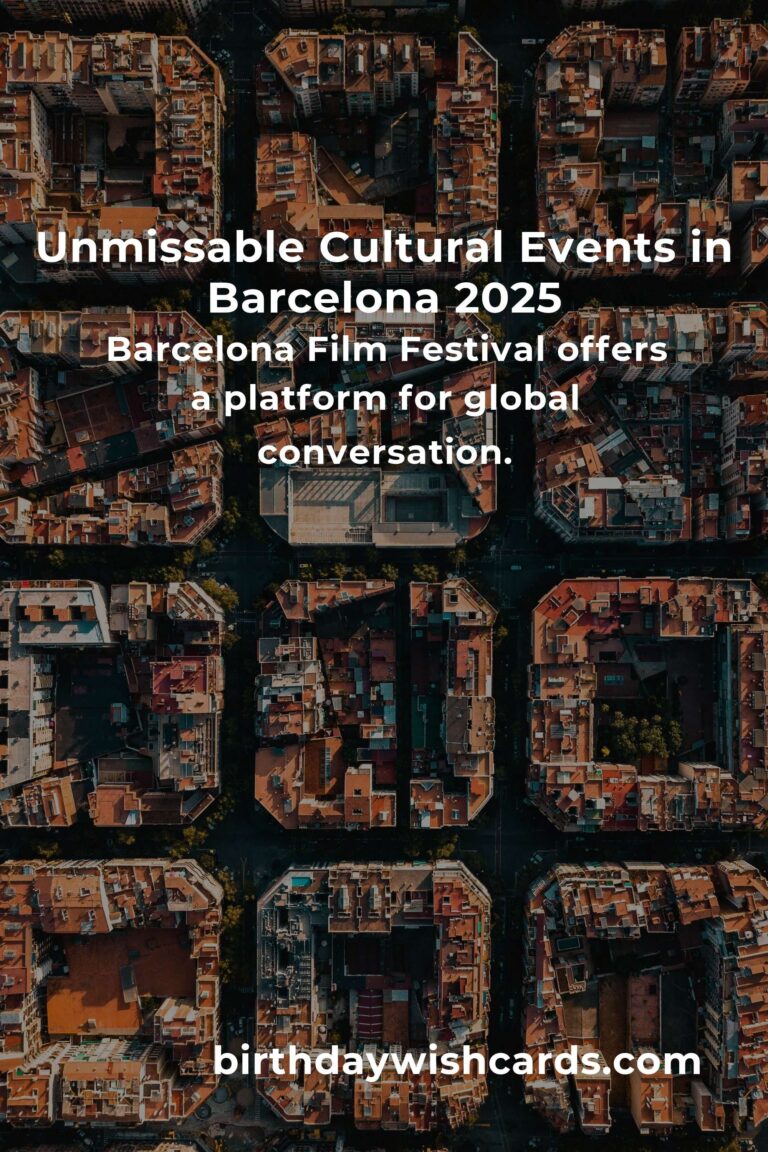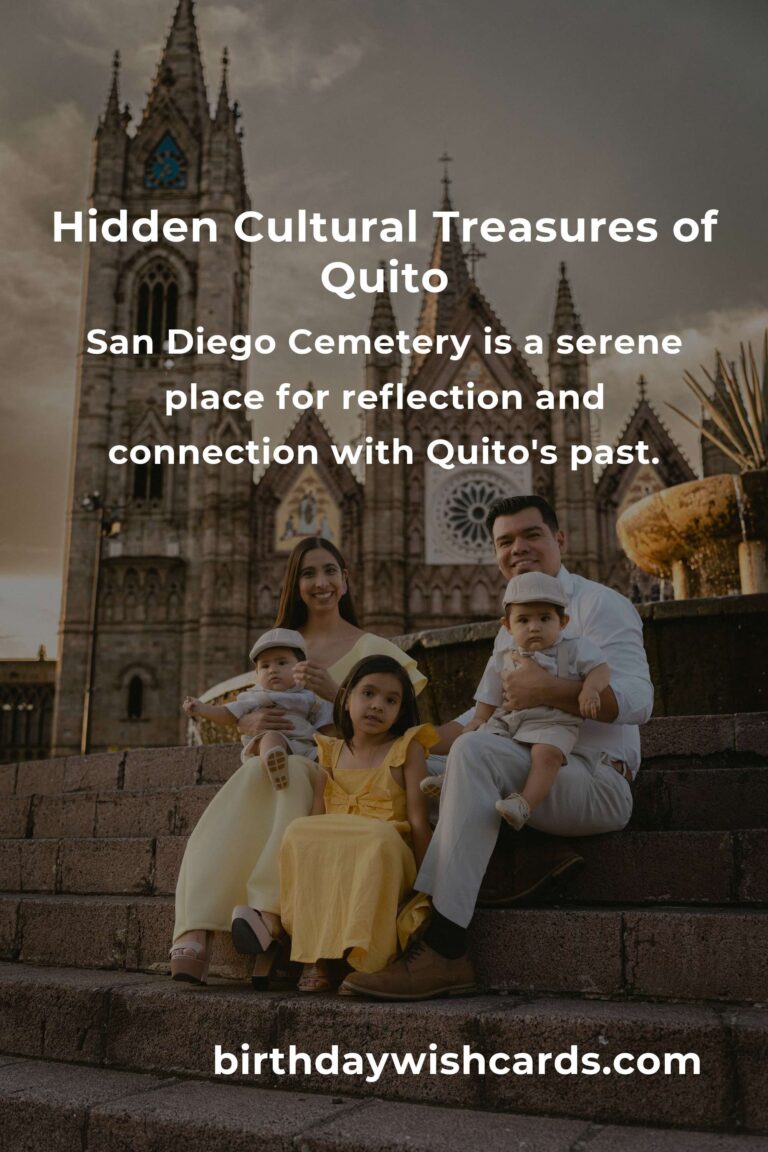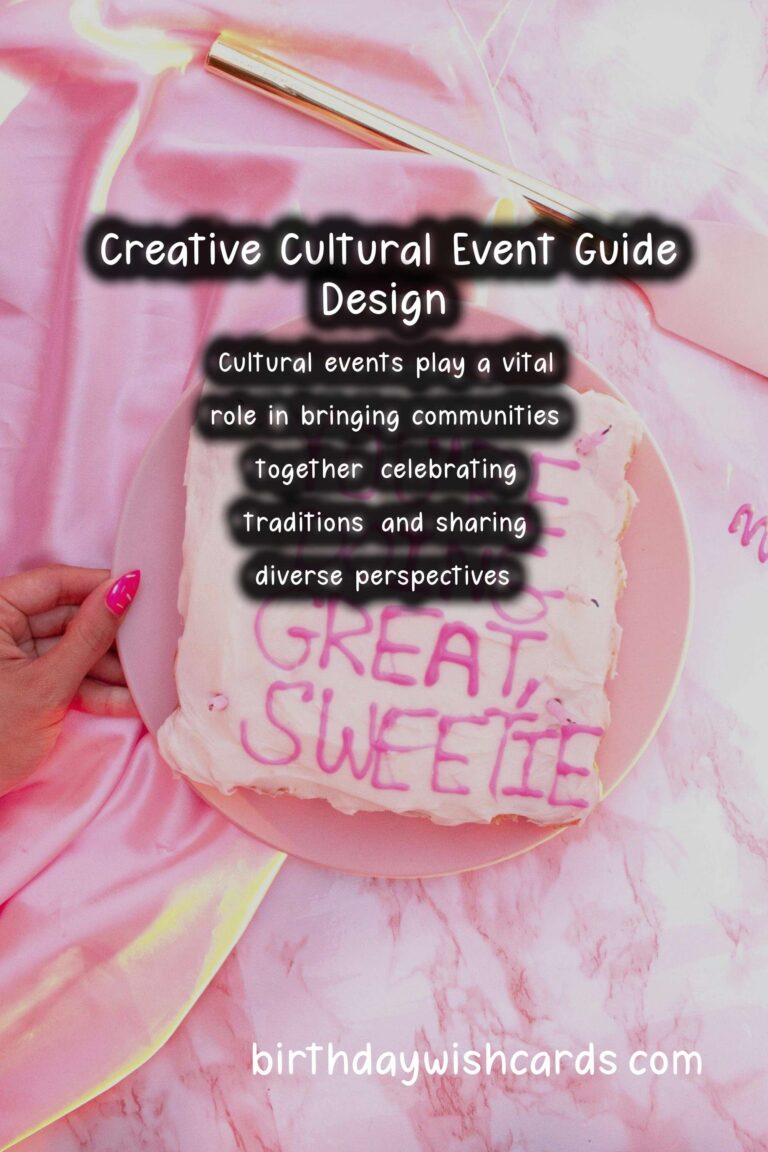
Cultural events play a vital role in bringing communities together, celebrating traditions, and sharing diverse perspectives. A well-designed cultural event guide can enhance the overall experience for attendees, providing essential information and trendy design elements. In this article, we will explore the latest and most effective ways to design cultural event guides.
Understanding Your Audience
Before diving into the design of your guide, it is essential to understand your audience. Who are they? What are their interests? Different demographics have varying preferences when it comes to design and information. You can collect feedback through surveys or analyze past events to tailor your guide effectively.
Incorporating Visuals
Visuals are critical in any cultural event guide. High-quality images and graphics can attract attention and convey information quickly. Here are some trendy ideas for incorporating visuals:
- High-Quality Photography: Use professional photographs that capture the essence of the event. Images of performers, artworks, and cultural showcases can enhance engagement.
- Infographics: Present complex information in a visually appealing format. Infographics can help explain schedules, locations, and cultural significance succinctly.
- Maps and Directions: Including detailed maps with marked locations for various activities can improve navigation. Use vibrant colors and clear symbols for better readability.
Typography and Font Selection
The typography you choose plays a significant role in the overall aesthetic of the event guide. Selecting the right fonts can enhance readability and convey the cultural significance of the event. Here are some tips:
- Choose Complementary Fonts: Use a primary font for headings and a contrasting font for body text. Make sure they are easy to read from a distance.
- Highlight Cultural Aspects: Incorporate unique fonts that reflect the culture or theme of the event. This can add a layer of authenticity and artistry.
- Maintain Consistency: Keep font styles consistent throughout the guide to ensure a cohesive look.
Interactive Elements
In today’s digital age, adding interactive elements to your event guide can engage attendees more effectively. Consider the following:
- QR Codes: Include QR codes that lead to additional content, such as videos, interviews, or related articles. This technique can keep the guide uncluttered while providing extra value.
- Augmented Reality: Integrate AR elements where attendees can scan images in the guide to reveal 3D models or performances. This can create a unique experience.
- Interactive Calendars: Allow users to click on dates to view more details about specific events or workshops.
Content Structure
Organizing the content in a logical and user-friendly manner is key. A well-structured guide will help attendees easily find the information they need:
- Start with an Overview: Provide a brief overview of your event, including the purpose, location, and dates.
- Detailed Schedule: Include a comprehensive schedule outlining each event, performance, or activity along with timings and locations.
- Artist/Performer Profiles: Feature profiles of artists or performers involved in the event, providing background and what attendees can expect.
Color Schemes
Your color scheme should reflect the theme of your cultural event. Colors invoke emotions and can significantly influence perceptions. Consider these tips:
- Reflect Cultural Identity: Use colors that resonate with the culture being represented. This can add authenticity to your design.
- Accessibility Consideration: Ensure color contrasts are appropriate for readability. Use colors that can be easily distinguished by individuals with color blindness.
- Trendy Color Palettes: Stay updated with design trends to select colors that are contemporary yet suitable for your event.
Printing and Digital Choices
Deciding between print and digital formats can impact your event guide’s accessibility and reach. Analyze the pros and cons of both:
- Print Guides: Tangible guides can be appealing and provide a traditional feel. Ensure high-quality printing to match the aesthetics of your design.
- Digital Guides: Digital versions can be easily updated, shared, and accessed on mobile devices. Ensure they are mobile-friendly and consider using apps for enhanced interactivity.
Feedback and Iteration
Post-event feedback is crucial for improving future guides. Implement strategies for collecting feedback:
- Surveys and Ratings: Create surveys asking attendees about their experience with the guide. What did they like? What can be improved?
- Focus Groups: A focus group of diverse attendees can provide valuable insights into their preferences and dislikes.
- Iterate for Future Events: Use the information collected to iterate on your design for subsequent events.
Conclusion
Designing a cultural event guide is an exciting opportunity to blend creativity, information, and culture. By understanding your audience, incorporating trendy visuals, and ensuring easy navigation, you can create an engaging guide that enhances the cultural experience. Keep experimenting with new ideas and formats to continuously improve.
Cultural events play a vital role in bringing communities together, celebrating traditions, and sharing diverse perspectives. Before diving into the design of your guide, it is essential to understand your audience. 
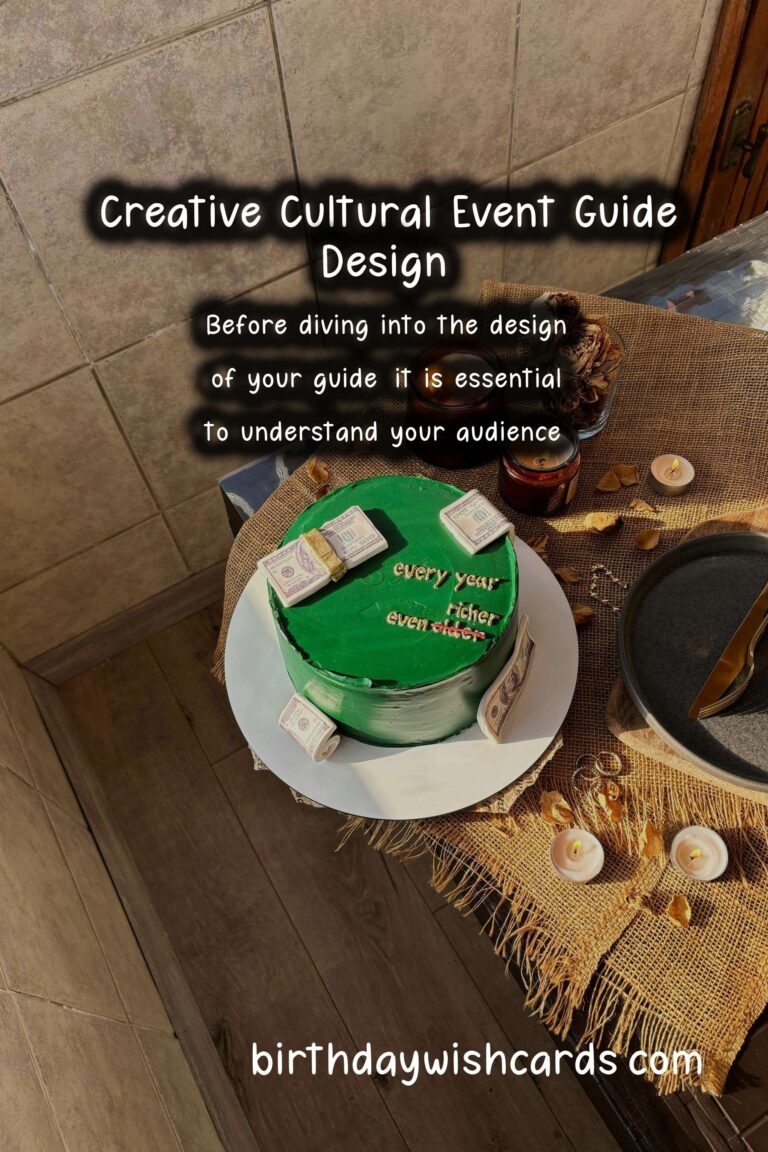
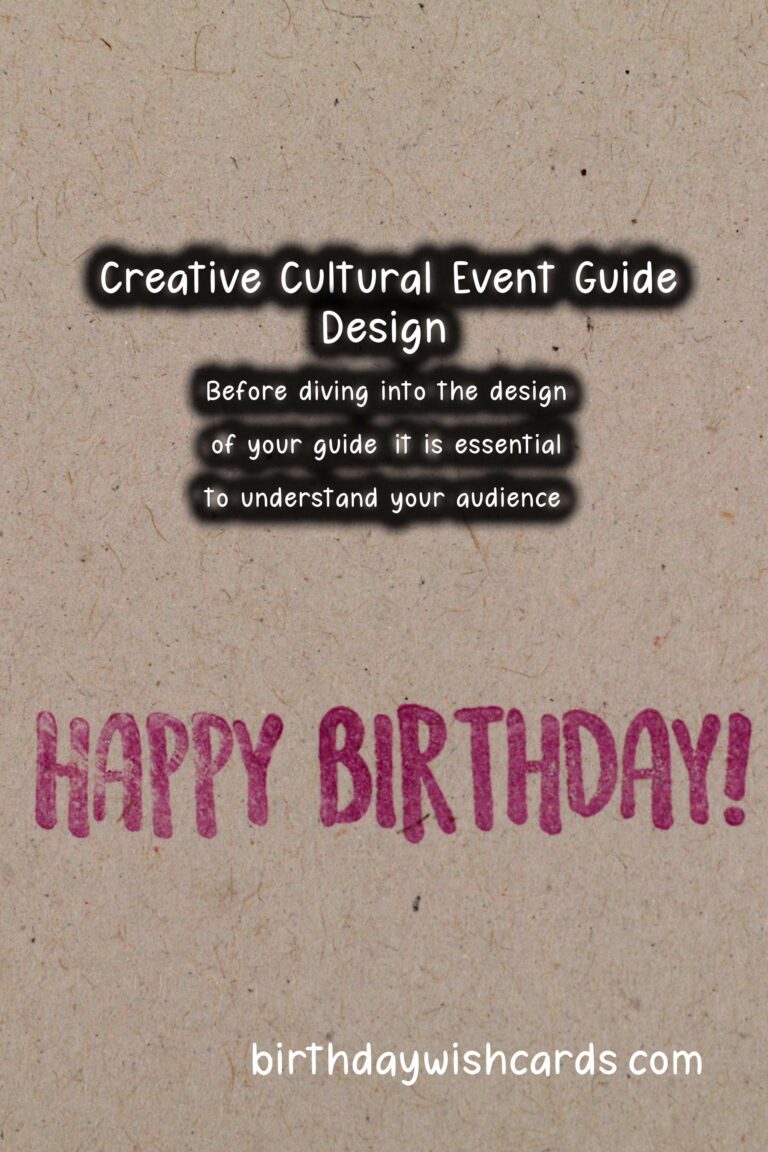
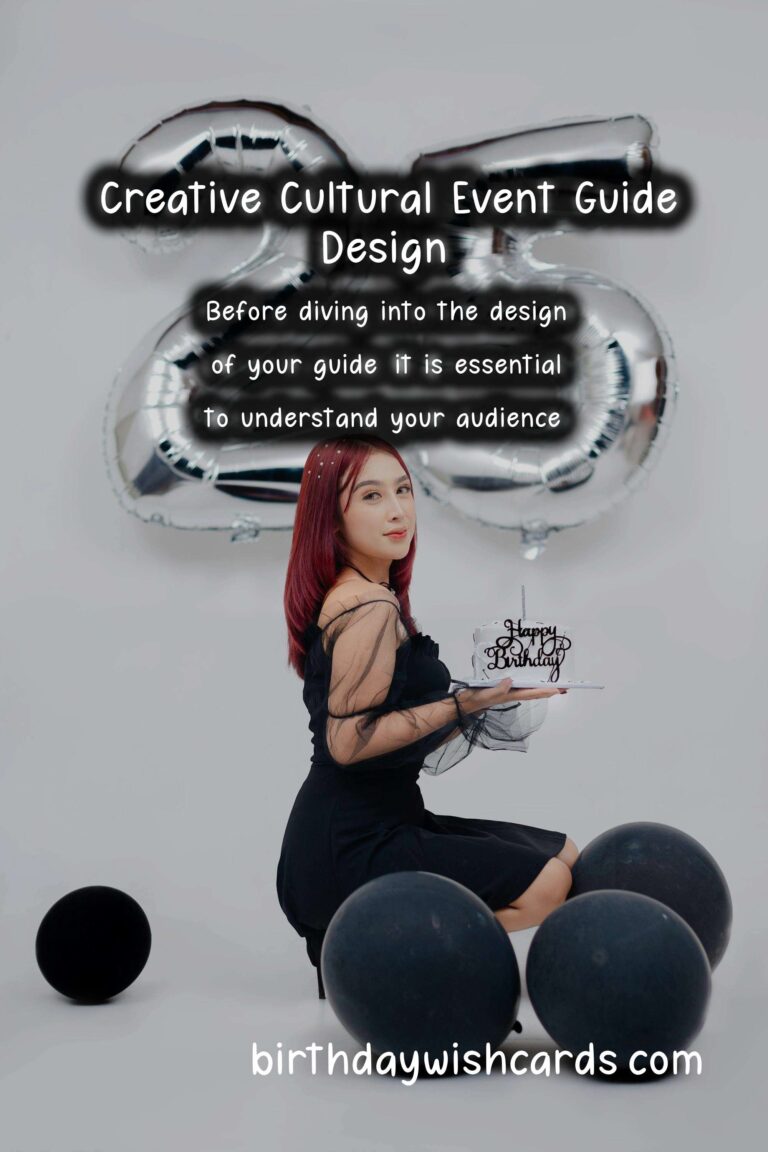
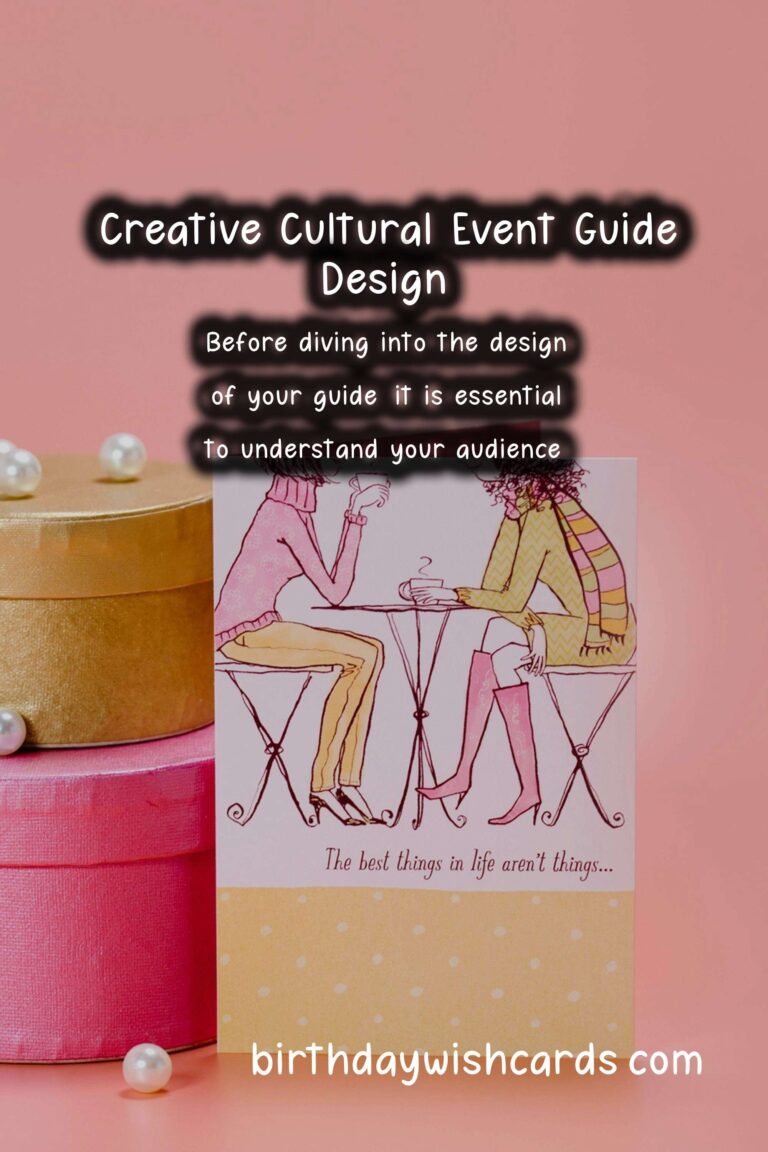
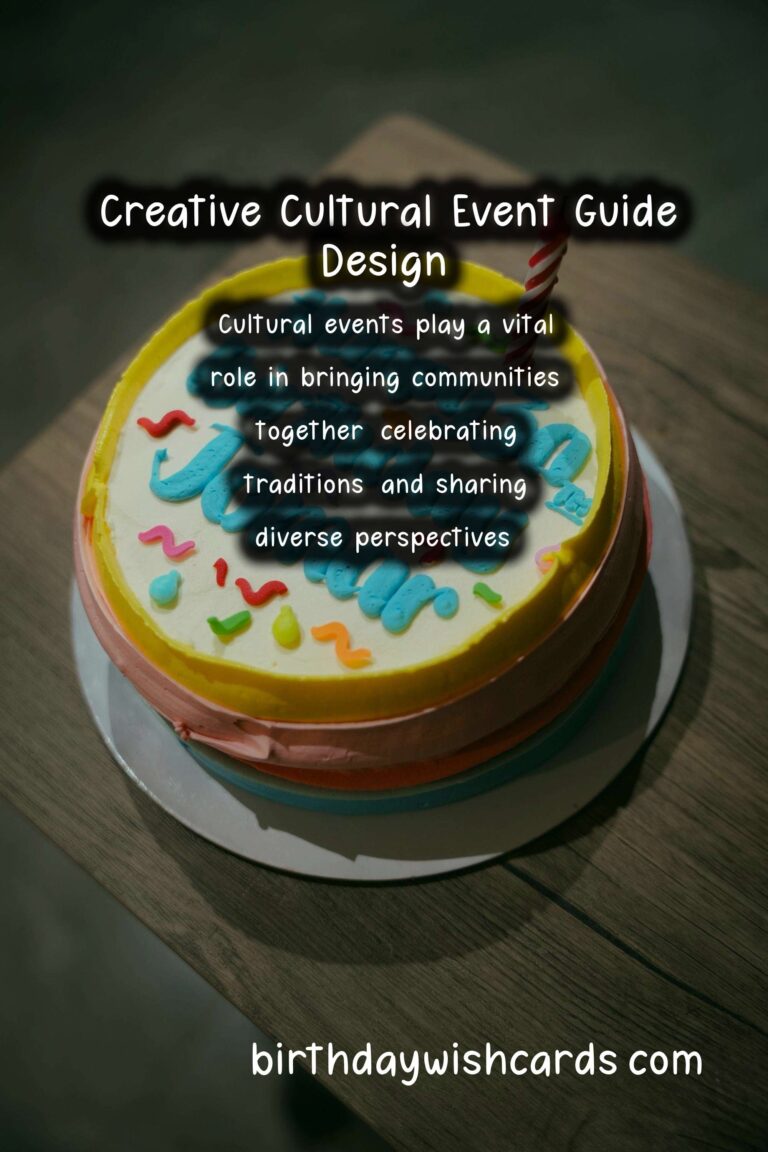
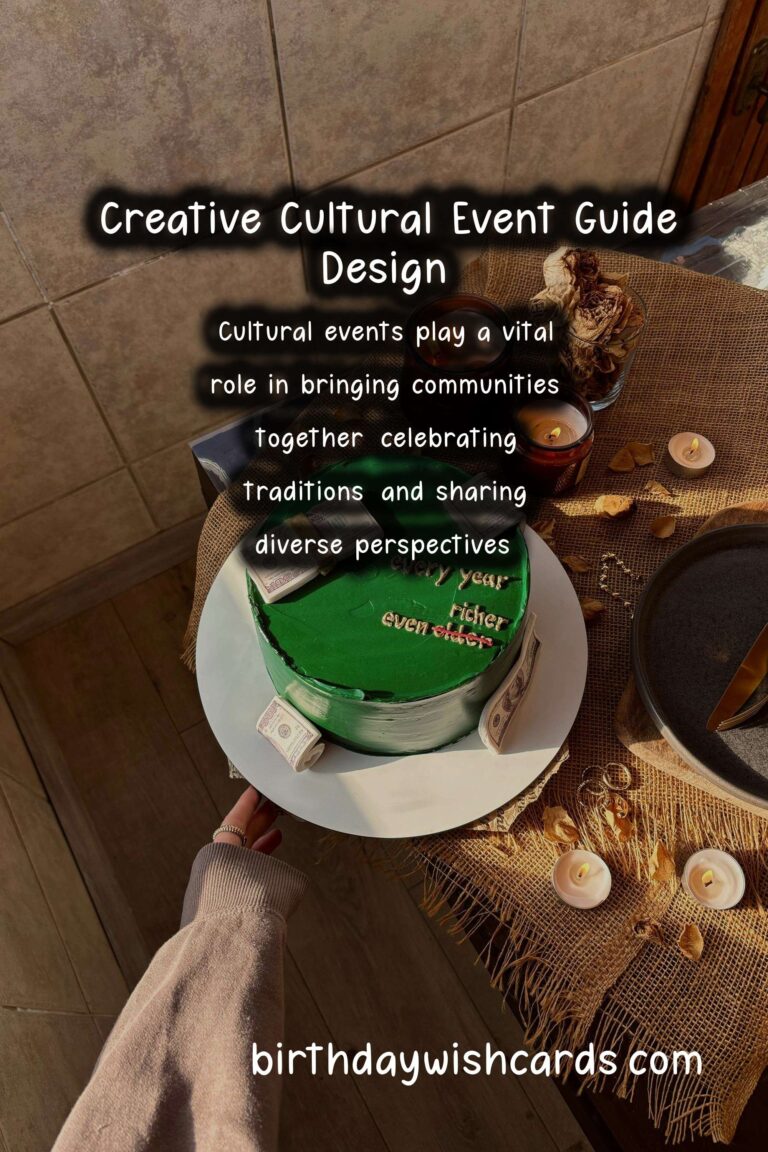
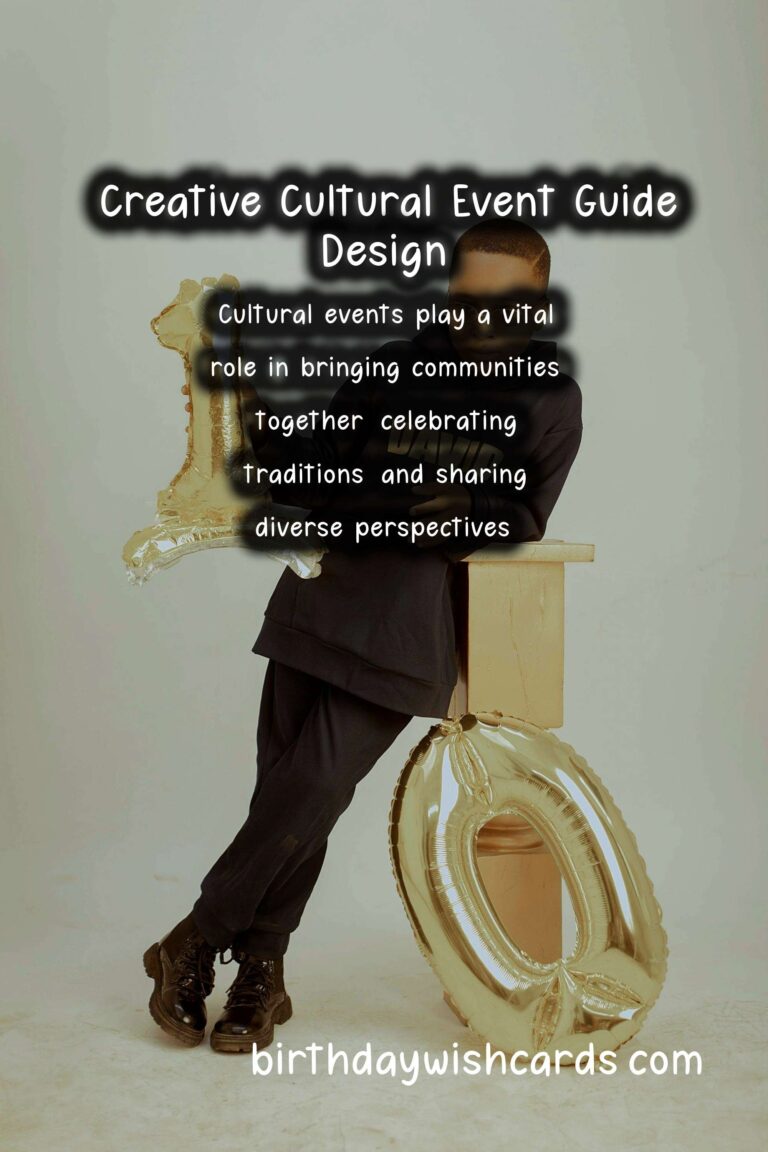
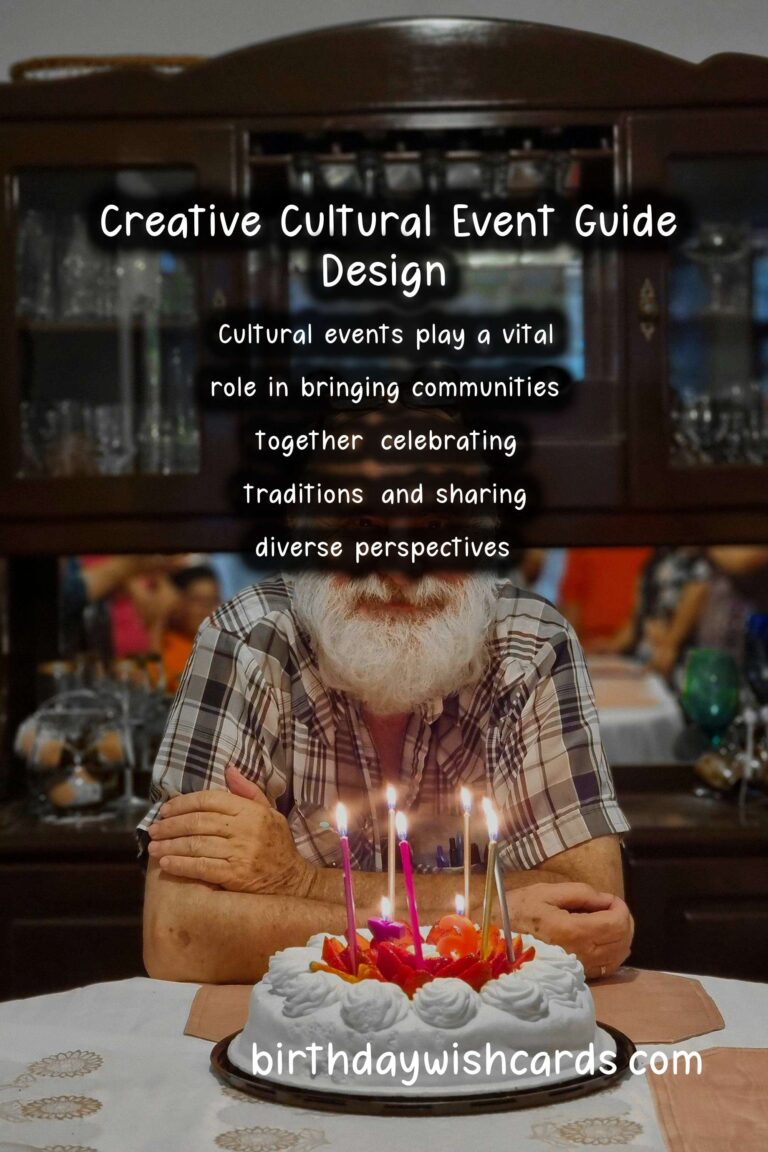
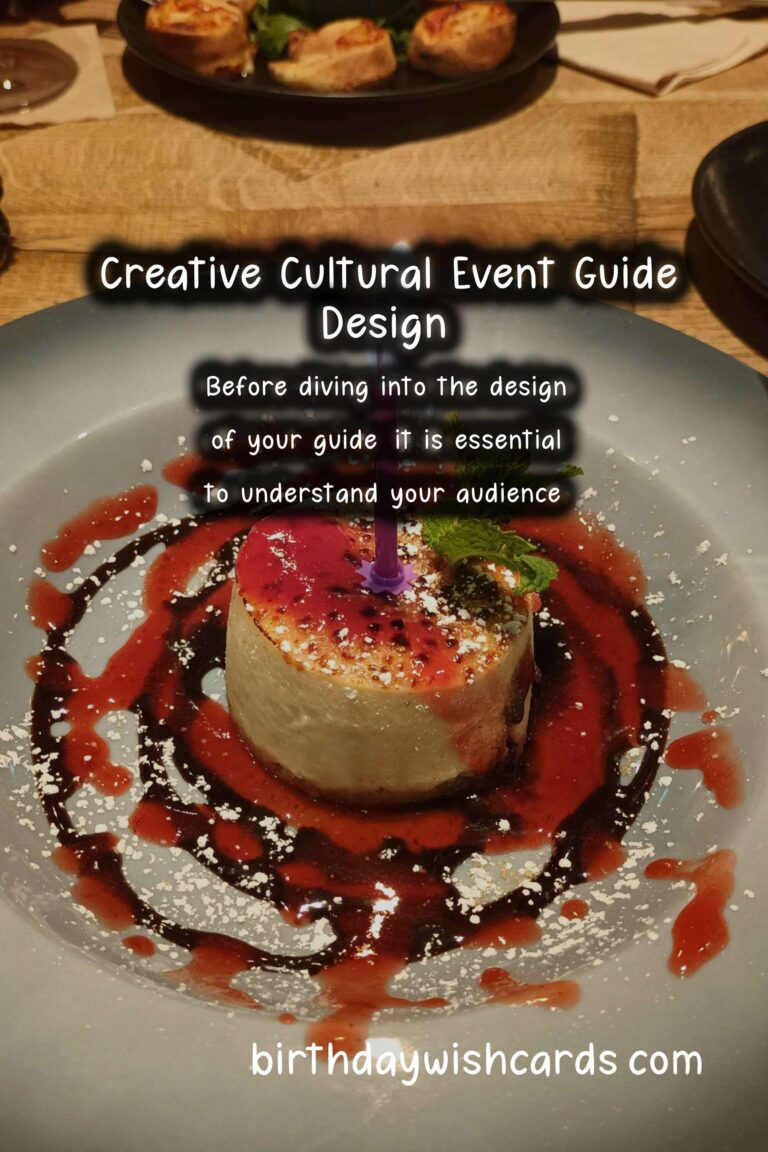
#CulturalEvents #EventGuide #DesignTips #CulturalExperience


